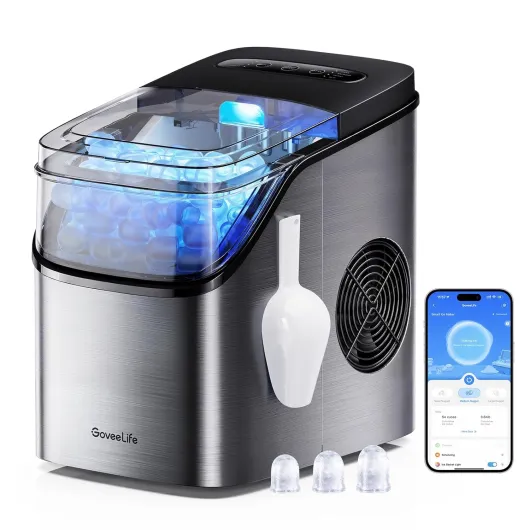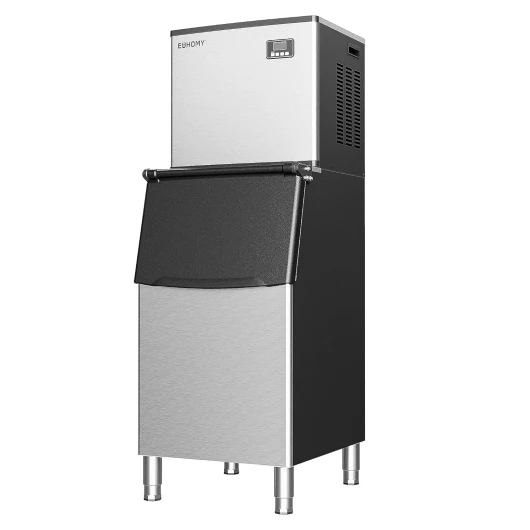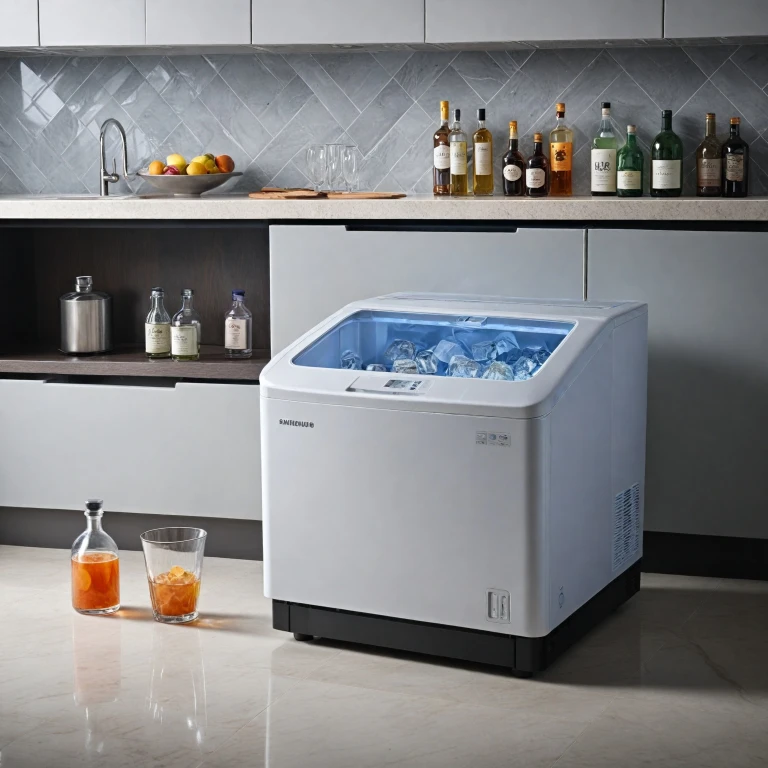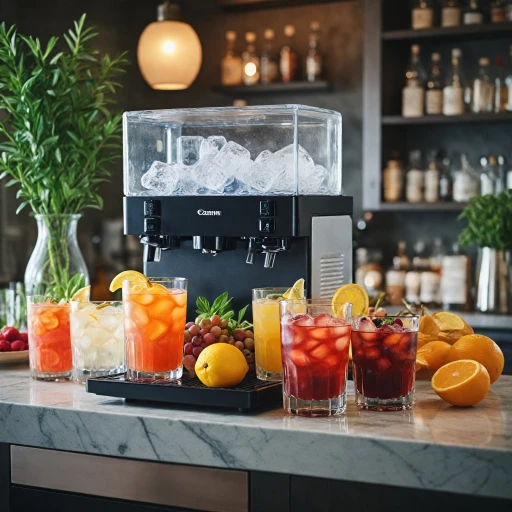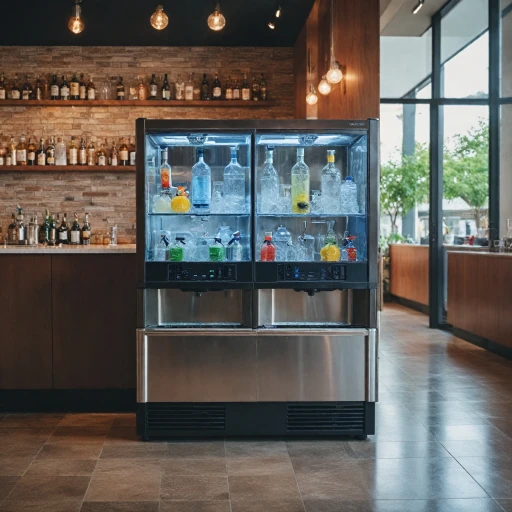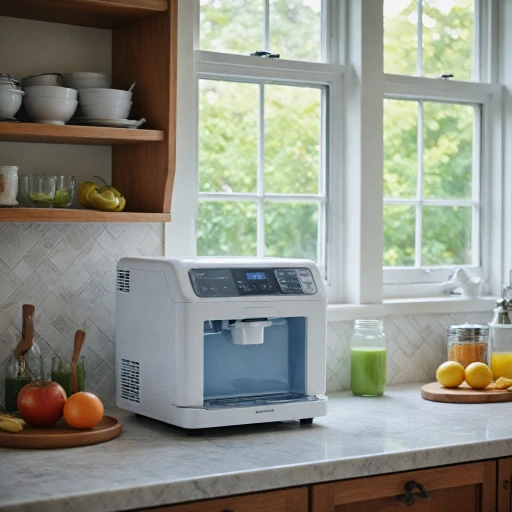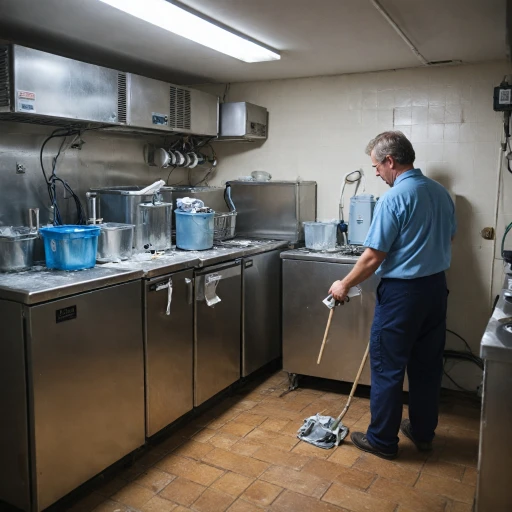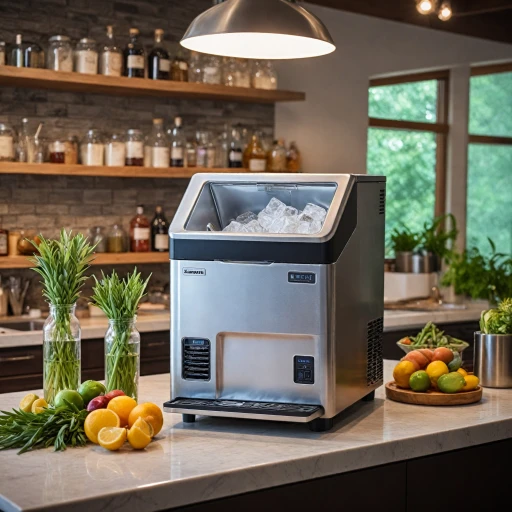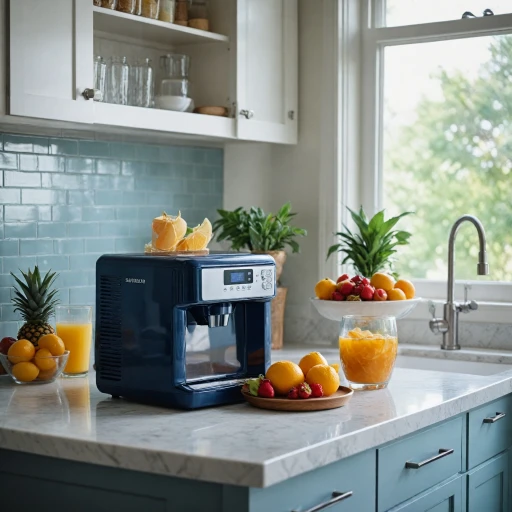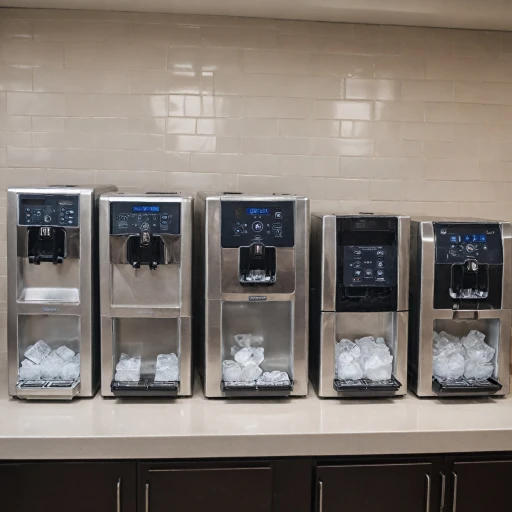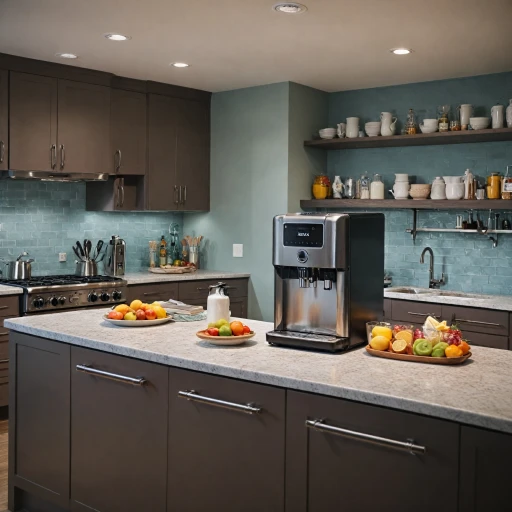
Understanding Ice Machine Capacities
Evaluating Capacity Needs
When selecting an ice machine, understanding capacity requirements is a pivotal factor. Whether you need it for a bustling restaurant or a home bar, consider the machine's ability to produce ice in pounds (lbs) per day. Different ice machines offer a range of capacities; for instance, commercial ice makers can produce anywhere from 50 lbs to over 1,000 lbs of ice daily. It's essential to align the capacity of your ice machine with your specific needs to avoid falling short during peak times or overpaying for unneeded capacity.
Balancing Storage and Capacity
An ice machine's production capacity should be complemented by an appropriate storage bin. A common mistake is to assume that a higher production capacity automatically equals more ice available on demand. Storage bins should accommodate the daily production and anticipated usage until restocking can occur. For example, if choosing a bin ice system, consider how manuals recommend pairing production and storage capacities efficiently. Properly balancing these elements ensures a seamless operation and can impact shipment options, such as free shipping offers.
For those seeking more targeted advice on ice machines suited for home settings, exploring options like a sonic ice maker might be beneficial. These models provide a specific kind and quantity of ice that matches residential demands while being energy efficient.
Types of Ice and Their Uses
Ice Varieties and Their Applications
When selecting an ice maker, understanding the types of ice it produces and their specific uses is crucial for optimizing performance. Commercial ice machines can generate various ice forms, each serving distinct purposes. Here's a look into the most common types:
- Cube Ice: Ideal for beverages, these regular-sized cubes offer a slower melt, making them perfect for restaurants, bars, and homes. Look for machines like the Manitowoc ice units that efficiently produce cube ice.
- Nugget Ice: Also known as "chewable ice," this soft, porous ice is popular in healthcare facilities and quick-service restaurants. If you're considering enhancing your home with this type of ice, explore the benefits of a sonic ice maker.
- Flake Ice: Used in food displays, particularly seafood and produce. Machines like Hoshizaki ice equipment are known for their reliability in producing flake ice.
- Gourmet Ice: Perfect for upscale establishments, this ice features a unique shape that is both aesthetic and functional.
Each type of ice has its own advantages, and choosing the right one helps optimize storage bin capacity and efficiency in your establishment. Air cooled machines and stainless steel designs, like those from Ice matic, often offer the most durable solutions for various ice needs. For further insight, explore this detailed guide on selecting an ice dispenser that complements refrigeration systems in both commercial and residential settings.
Choosing the Right Storage Bin
{"Selecting an Appropriate Ice Bin for Your Ice Production Needs
When investing in an ice machine, understanding your specific ice storage requirements is essential to ensure efficiency and convenience. Choosing the right storage bin is crucial, not only for maintaining ample ice supply but also for optimizing your workspace.
Here are key considerations when selecting your ideal ice bin:
- Capacity Compatibility: Ensure that the ice bin's lbs capacity aligns with the production rate of your ice maker. Consider if your operation requires a larger stock of ice, particularly during peak times, to prevent frequent refills.
- Material and Design: Opt for bins constructed with stainless steel for durability and easy maintenance. A bin's exterior not only impacts aesthetic appeal but also influences the ease of cleaning and protection against wear and tear.
- Integration and Accessibility: Verify seamless compatibility with your ice machine, whether it be a commercial ice maker or an air cooled unit. A well-integrated setup enhances operational efficiency, allowing for easy retrieval of ice.
- Mobility and Space: Consider if a mobile unit on a cart suits your environment better, offering flexibility in placement. Evaluate available space to choose between stationary options or those with wheels for free movement.
- Brand and Model: Renowned manufacturers like Manitowoc, Hoshizaki ice, and Ice Matic offer a range of bin stainless options that cater to different business requirements.
- Features and Add-ons: Assess if features such as built-in water and air filtration meet your operational needs, ensuring clean ice production and minimal maintenance.
Considering these factors will guide you in selecting the right storage solution, tailored to match the capacity of your chosen ice machine. To learn more about finding the perfect ice storage solutions, explore our comprehensive guide on ice vending machines nearby.
Installation and Space Considerations
Space and Installation Requirements
When selecting an ice machine and storage bin, it's crucial to consider the space available in your commercial or home setting. Ice machines, especially commercial ice makers, can be quite large and require adequate space for both the machine and the storage bin. Make sure to measure the area where you plan to install the ice machine to ensure a proper fit.
Ventilation and Cooling
Proper ventilation is essential for the efficient operation of your ice machine. Most ice machines are air cooled, which means they need sufficient space around them to allow for air circulation. This helps prevent overheating and ensures the machine operates efficiently. If space is limited, consider a water-cooled option, although these may have higher water usage.
Material and Durability
When it comes to durability, stainless steel is a popular choice for both ice machines and storage bins. Stainless steel is not only durable but also easy to clean, making it ideal for commercial settings. Consider the environment where the machine will be used and choose materials that can withstand the conditions.
Accessibility and Workflow
Think about how the ice machine and storage bin will fit into your workflow. The placement should allow easy access for employees or family members to retrieve ice without disrupting other activities. Consider the height and accessibility of the ice bin, especially in busy commercial settings where quick access is crucial.
Shipping and Installation Costs
Don't forget to factor in the shipping and installation costs when budgeting for your ice machine. Some suppliers offer free shipping, which can save you a significant amount. Additionally, professional installation might be necessary to ensure the machine is set up correctly and operates efficiently. Check the regular price and any additional costs associated with installation to avoid surprises.
Maintenance and Cleaning Tips
Regular Cleaning and Sanitation
Proper maintenance and cleaning of your ice machine and storage bin are essential for ensuring optimal performance and hygiene. Regular cleaning helps in preventing any potential build-up of bacteria or mold in your ice maker, which is particularly important for commercial ice settings. Always follow the manufacturer's guidelines for cleaning frequency and procedures.Scheduling Routine Inspections
Scheduling regular inspections can help identify any potential issues before they become significant problems. Make sure that your air cooled or water cooled units have their filters checked and cleaned routinely. This helps in maintaining the machine's efficiency and longevity, ensuring that your stainless steel ice machine remains in top condition.Monitoring the Machine's Components
Ice maker components such as bin stainless steel exteriors, motors, and fans should be regularly checked for signs of wear and tear. Contact a professional if you notice any unusual noises or performance issues. Keeping an eye on the components will save you on repair costs in the long run.Defrosting and Dealing with Lime Scale
If your ice machine is not producing ice as expected, check for lime scale build-up or a need for defrosting, especially in Manitowoc ice and Hoshizaki ice machines known for efficient performance. Using a descaler and performing regular defrosting ensures that your machines work efficiently, keeping the lbs capacity optimal.Using Manufacturer Recommended Cleaners
Always use cleaners recommended by the manufacturer, particularly for bin ice and storage bin maintenance. Using the correct cleaning solutions not only ensures effective cleaning but also avoids any damage to the stainless steel parts.Management of Water Quality
Water quality impacts ice quality. Ensure that the water supply to your ice matic or commercial ice machines is free of impurities. Installing a good filtration system can enhance performance and prolong the service life of your ice machine.Energy Efficiency and Cost Considerations
Maximizing Energy Efficiency and Managing Costs
When investing in a commercial ice machine and storage bin setup, it's crucial to consider energy efficiency not only for environmental benefits but also to manage operational costs effectively.- Energy-efficient Models: Opt for ice machines that offer high lbs capacity but are air cooled, reducing energy consumption compared to water-cooled systems. Stainless steel options often provide better insulation and efficiency, such as those from manufacturers like Manitowoc and Hoshizaki ice products.
- Regular Maintenance: As mentioned earlier, consistent maintenance and cleaning are essential. Proper upkeep ensures your ice maker runs efficiently, minimizing energy waste.
- Smart Usage: Monitor your ice storage bin needs. Over or underfilled bins can lead to unnecessary energy use. Consider commercial ice makers with variable output settings to match daily demand.
- Cost-effective Shipping: Look for machines offering free shipping options, which can significantly reduce the regular price of your new equipment.
- Investment Returns: While a higher initial price for stainless steel, energy-efficient models might seem daunting, the long-term savings on energy bills and reduced maintenance issues make it a wise investment.
-logo-retina.png)
